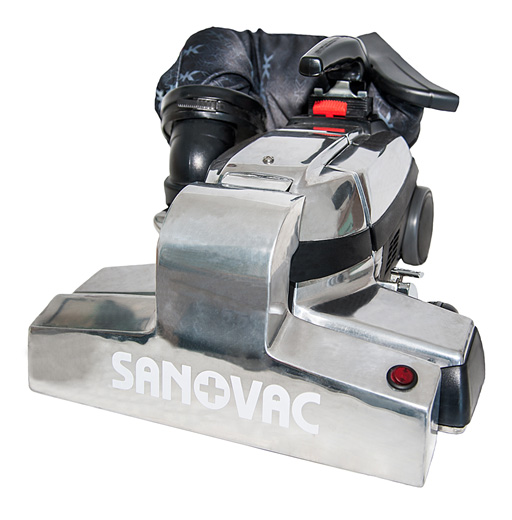What Are Dust Mites?
Dust mites are microscopic, insect-like pests that generate some of the most common indoor substances – or allergens – that can trigger allergic reactions and asthma in many people. Millions of dust mites can live in the bedding, mattresses, upholstered furniture, carpets or curtains in homes, hotels and all types of multi-bed facilities. They feed on the dead human skin cells found in dust.
Dust mites are not parasites; they don’t bite, sting or burrow into our bodies. The harmful allergen they create comes from their fecal pellets and body fragments. Dust mites are nearly everywhere; roughly four out of five homes in the United States have detectable levels of dust mite allergen in at least one bed.
How Do Dust Mite Allergens Affect Health?
Mites are one of the major indoor triggers for people with allergies and asthma. Dust mite exposure can even cause asthma.
Chronic, ongoing exposure to dust mites at home can dramatically impact the health of people with asthma and those who are allergic or particularly sensitive to mites. These allergens cause an immune system response, known as allergic rhinitis. A dust mite allergy can range from mild to severe. A mild case may cause an occasional runny nose, watery eyes and sneezing. In severe cases, the condition is ongoing, or chronic, resulting in persistent sneezing, cough, congestion, facial pressure or severe asthma attack. People with asthma who are sensitive to mites face an increased risk of flare-ups or an asthma attack.
Where Do Dust Mites Come From?
Dust mites occur naturally and can appear in nearly all homes and multi-bed facilities. Humidity is a factor in determining whether the local environment has a low or high concentrations of dust mites. Dust mites do not drink water like we do; they absorb moisture from the air and from a warm body.
Who Should Be Concerned about Dust Mites?
Everyone, especially people with allergies to dust mites or with asthma triggered by dust mites, needs to reduce dust mites in indoor environment.
Dust mite allergens, unlike pet allergens, do not usually stay airborne. They cling to particles that are too heavy to remain in the air for long. Dust mite allergens settle within minutes into dust or fabrics, such as pillows, bedding or upholstered furniture, which serve as nests. Most exposure to dust mite allergens occurs while sleeping and when dust is disturbed during bed-making or other movement.
It is an established fact that dust mites can be found all over the world. Dust mites are not insects but are more closely related to spiders and ticks. There are two common dust mites, the American house dust mite (Dermatophagoides farinae) and the European house dust mite (D. pteronyssinus). Due to their very small size, these dust mites are not visible to the naked eye.
They pass through six developmental stages, and the adult form may also molt once. Adult female mites lay cream-colored elliptical eggs coated with a sticky fluid that helps them adhere to the substrate. Under optimal conditions, the cycle from egg to adult mite takes about one month.
Both species of house dust mites feed on human skin scales, pollen, fungi, bacteria, lepidopteran (moth and butterfly) scales, animal dander, and skin scales of birds. Human, cat, dog, and horse dander have been used to raise these species in a laboratory. Dust mites do not drink free water, but they absorb water from the air and the environment. The food consumption of these mites and development increases with higher relative humidity. Mites survive best at relative humidities of 40-50% and temperatures of 55-85 degrees F.
They live in bedding, couches, carpet, stuffed toys and old clothing. Dust mites feed on the dead skin that falls off the bodies of humans and animals and on other organic material found where they live. Dust mites are second only to pollen in causing allergic reactions. When dust mites grow, they shed their skin. The shed skin and their feces are what cause allergic reactions in people. Allergic reactions range from itchy noses, sinus irritation, dry irritated and scratchy eyes, throat problems and many other symptoms including severe asthma attacks.










